A New Cookbook Celebrates Caribbean Cuisine—And Reckons With Its Complicated History
Code Noir examines how colonialism has influenced the foodways of over 1,000 islands in the region.
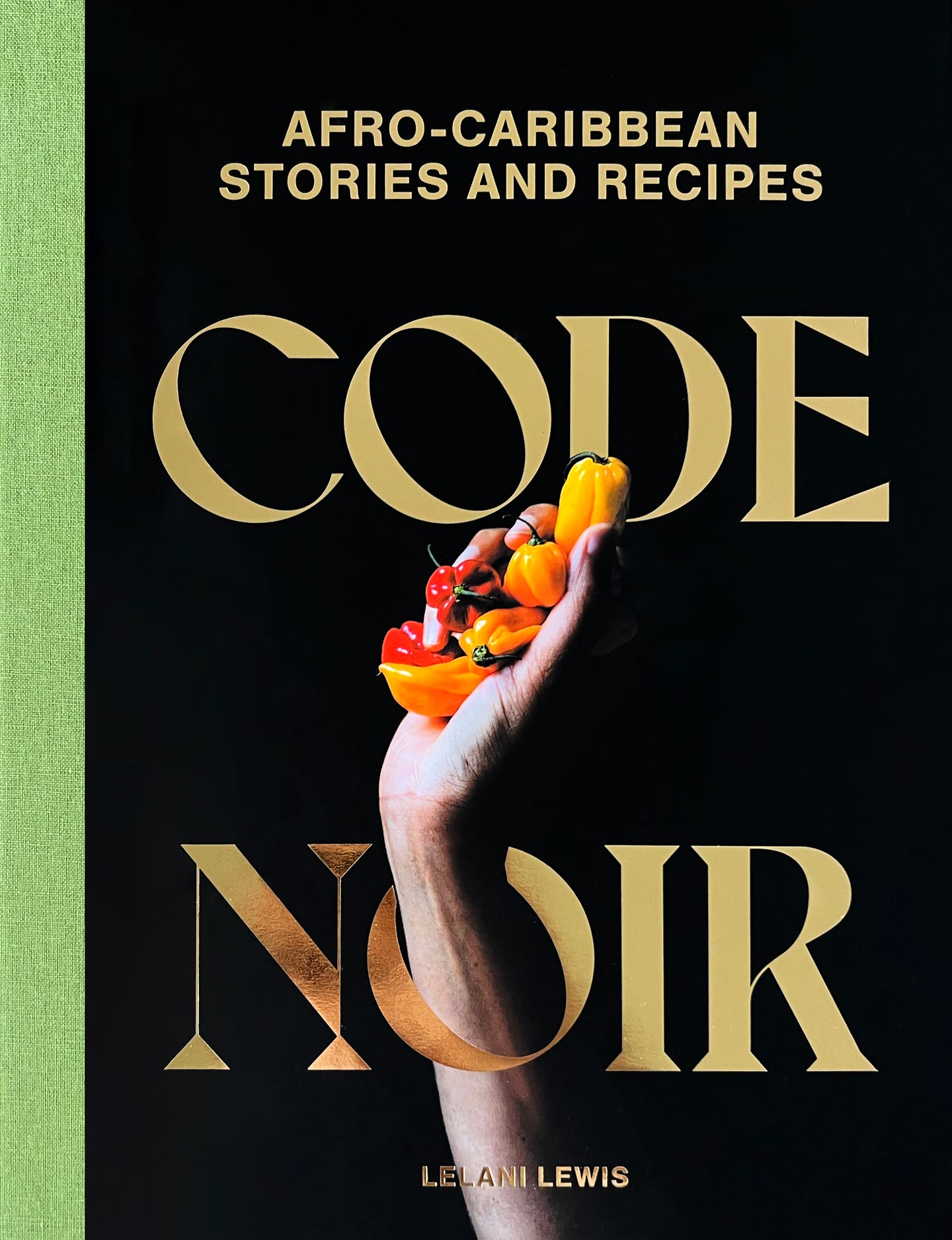
This interview is brought to you by the SAVEUR Cookbook Club, our passionate community of food-loving readers from around the globe celebrating our favorite authors and recipes. Join us as we cook through a new book every month, and share your food pics and vids on social media with the hashtags #SAVEURCookbookClub and #EatTheWorld.
The opening images of the cookbook Code Noir: Afro-Caribbean Stories and Recipes tell an enticing food story of the island region: first, a fistful of Scotch bonnet chiles, the ubiquitous spicy and colorful peppers of the islands. A pineapple with velvety green leaves, its flesh so ripe you can almost smell it through the page. Light streaming through a palm tree, a beach of brilliant white sand against jade-colored waters. Yet the beauty of Code Noir cannot be fully appreciated until you understand the historical context of Caribbean cooking. The book takes its name from the Code Noir manuscript, a set of decrees passed by King Louis XIV of France in 1685 (which remained in place until 1848) that dictated the behaviors of enslaved people, particularly in the French colonies like the French Antilles and what is now Louisiana in the United States. Despite the horrors of the document, it was the catalyst for writer Lelani Lewis to begin her work to document and pay homage to Caribbean foodways.
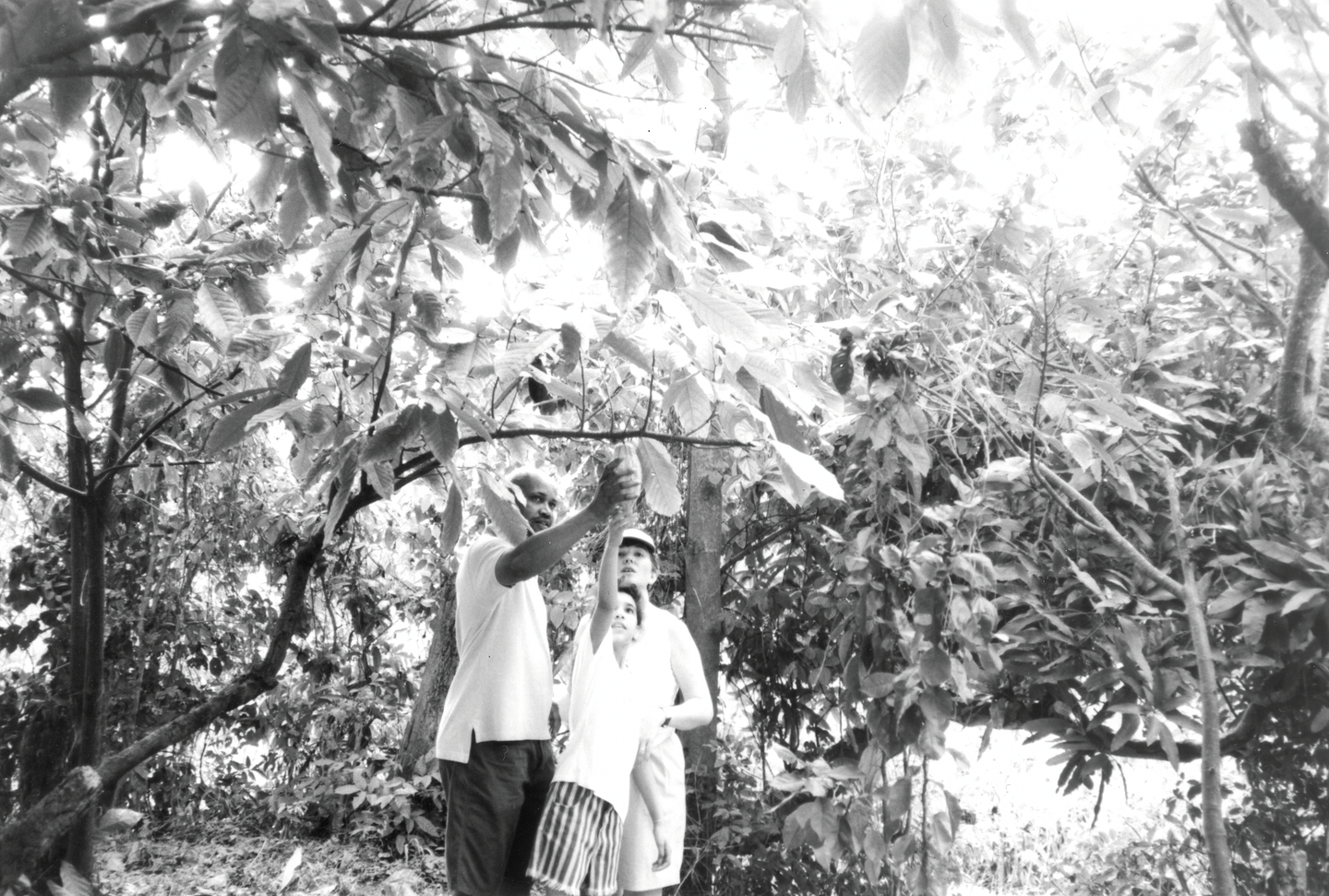
Such a project was no easy task, especially when there is no singular entity known as “Caribbean cuisine,” as the region comprises more than 1,000 islands, represented by more than 13 ethnic groups and many languages. It also bears the traces of multiple global histories and foodways, intermingling the foods of the colonizers–the Spanish, English, French, and Dutch–with those of the colonized, the African, Asian, and Indigenous peoples. As Lewis acknowledges, “there is no island in the Caribbean that hasn’t been tossed back and forth like a marble on a schoolyard,” and yet the many intermingling ingredients and traditions of the region’s dishes suggest that food bears the traces of its history. For example, a recipe for the Caribbean favorite of escovitch fish, a celebratory platter of fried red snapper, bears a vinegary batch of pickled peppers and name that connects it to the Spanish term “escabeche,” yet features allspice, thyme, lime juice, and of course Scotch bonnets, all native ingredients to the region. Similarly, the Grenadian dish of saltfish souse, where flaked saltfish and crunchy peppers top fluffy baking powder biscuits, reminds us of the ubiquity of saltfish in the transatlantic slave trade.
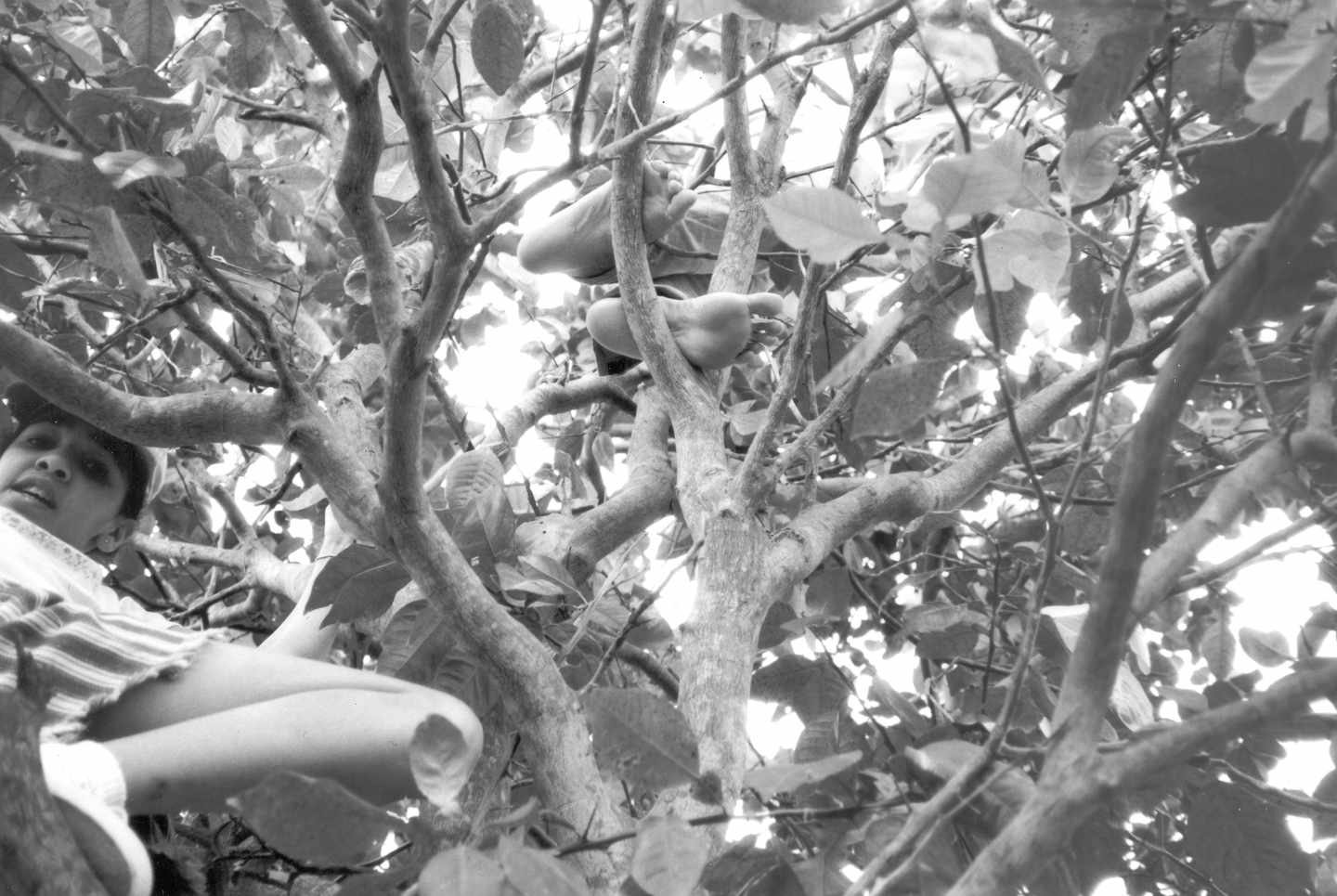
For Lewis this project had tremendous personal as well as professional significance. Born to an Irish mother and Grenadian father, Lewis grew up in the Streatham district in South London, where a local Caribbean community had sprung up between the late 1940s and the 1970s in response to the United Kingdom’s labor crisis. Though she grew up cooking and eating Caribbean food, Lewis learned about her heritage through a diasporic lens, and only visited the Caribbean a few times in her childhood. As a result, her table was a pan-Caribbean feast: “I grew up eating Trinidadian and Guyanese roti, Jamaican saltfish and ackee, Haitian pikliz, flying fish from Barbados.” These foods sparked her insatiable curiosity for Caribbean food culture, and led her to start her research platform, Code Noir, in 2020. As Lewis told me, digging deep into the stories of Caribbean foodways was her way of reconciling the many parts of her identity. Though Lewis now lives in Amsterdam with her family, I spoke with her while she was on holiday in her father’s homeland of Grenada, where she continued to think about the dishes she encounters as a path to empathy and solidarity, and a long-overdue reckoning with culinary history, both terrible and delicious.
At the core of this project is this consideration of what you call a “monstrous document,” the “Black Code” of 1685. Can you summarize what those laws were?
The Code Noir manuscript was very dehumanizing; it basically laid out laws on how to manage and place enslaved Africans. It covered everything from how many grams of food could be given to an enslaved adult versus to a child, to the question of who owned a child if an enslaved person were to give birth. It also detailed some of the punishments that were given if they tried to escape, from branding to amputation to death. Reading that document and reading through the actual laws was a painful thing to put myself through, but it was a necessity to understand what came before me; what my culture was built on. And it’s also necessary for people to understand that, because so many different cuisines around the world–especially from colonized places–have been born from adversity and pain. We can’t bypass that history; we have to face up and acknowledge it. And then we have to invert it, to show that this food and this culture is a beautiful triumph over that adversity. It's colorful. It's diverse, it's tasty.
Before I embarked on the project. I didn't have much knowledge about Caribbean food and history. I was researching for about a year and a half before I even found the title for the project, in Jessica B. Harris’ book Sky Juice and Flying Fish. The name itself felt so provocative, especially once I fully understood what the code had done, and was such a perfect summary of the dark history that informs Caribbean food and culture. But I also really wanted to turn the darkness of that history on its head. Because while so much of Black history is tied up with suffering and sorrow, it’s also important to see the triumph and the beauty that emerged from such limited resources. So coming from an informed place, and being able to explain in clear terms the diversity of this cuisine and culture, was really important to me. And all of that had to come from a place of really deep research.
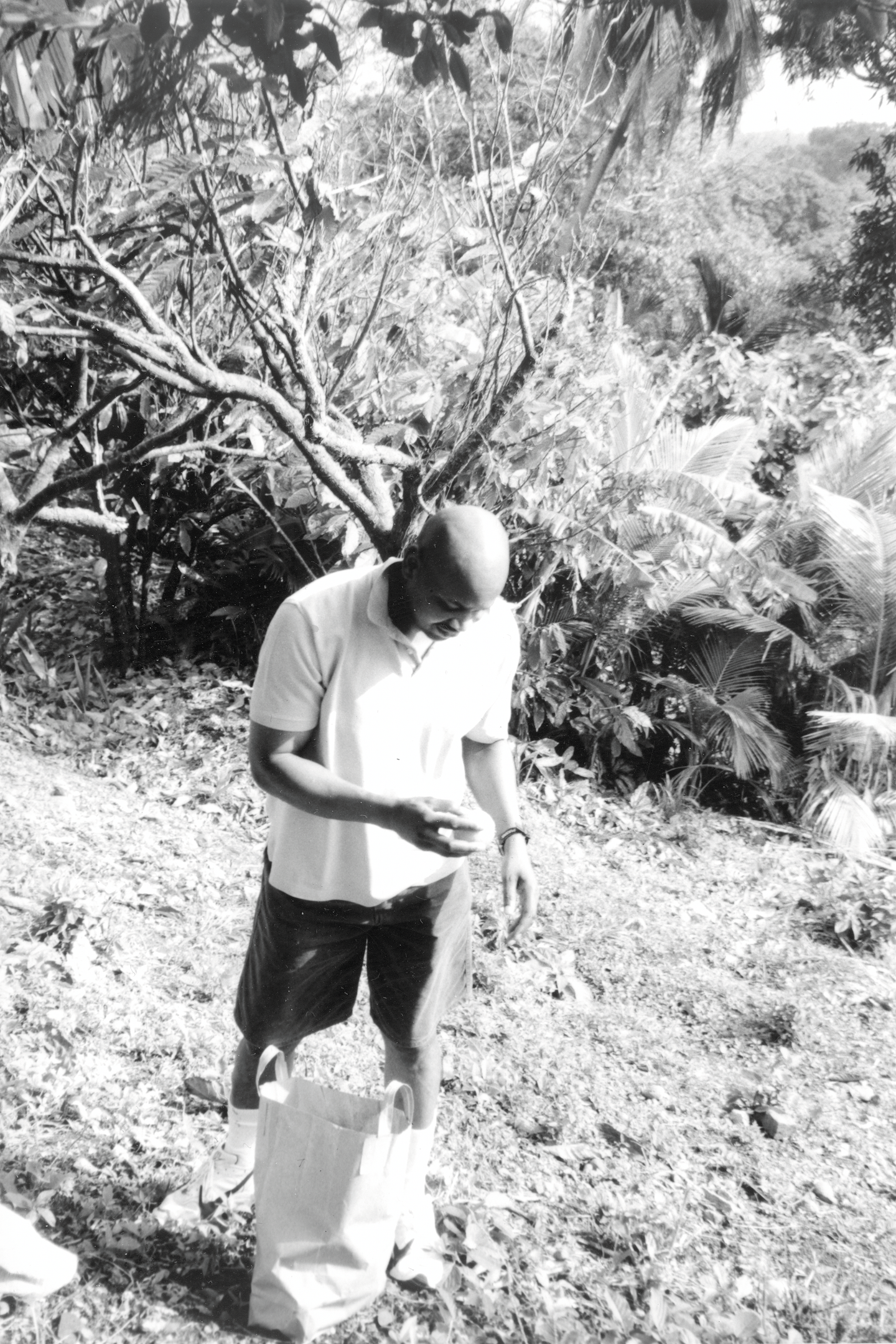
You have many standalone essays throughout the book that teach readers about specific ingredients and their relationship to Caribbean history. It’s a delicate balance to strike, between the horrors of history and the beauty of the recipes (and photographs) that follow. How did you navigate that tension as you were writing the book?
When you're doing the research to write a book like this, and you're finding out where these ingredients are coming from and how they were processed, you’re constantly being brought back to a place of sorrow. I went to a rum factory the other day in Grenada, and the whole story of slavery within the rum distilleries was kind of bypassed. I feel like it's my duty to not bypass that painful history, and confront how these became interwoven into our lives. But I also don’t want Caribbean history or people to be remembered in a way that diminishes what they can do and have done—how resourceful and adaptive they have been throughout history. So, although we can reflect on the past and say, “Okay, this is how this ingredient came to be, and this is how it was processed,” and to show the pain that informs that history, we can also say, “Look at the beauty of in this ingredient, how it was processed, and how it was turned into this delicious dish or recipe.”
Especially in this moment we’re living through, I’ve come to understand the universality of food–how much it can be used as a tool for oppression, but also how much it can be used as a tool of liberation. And I think it's really important for people to use food as a means to have these difficult conversations. That's why Code Noir is so important; it’s way more than just a cookbook or dinners or talks. It's about us finding congeniality with each other through food and points of connection rather than division.
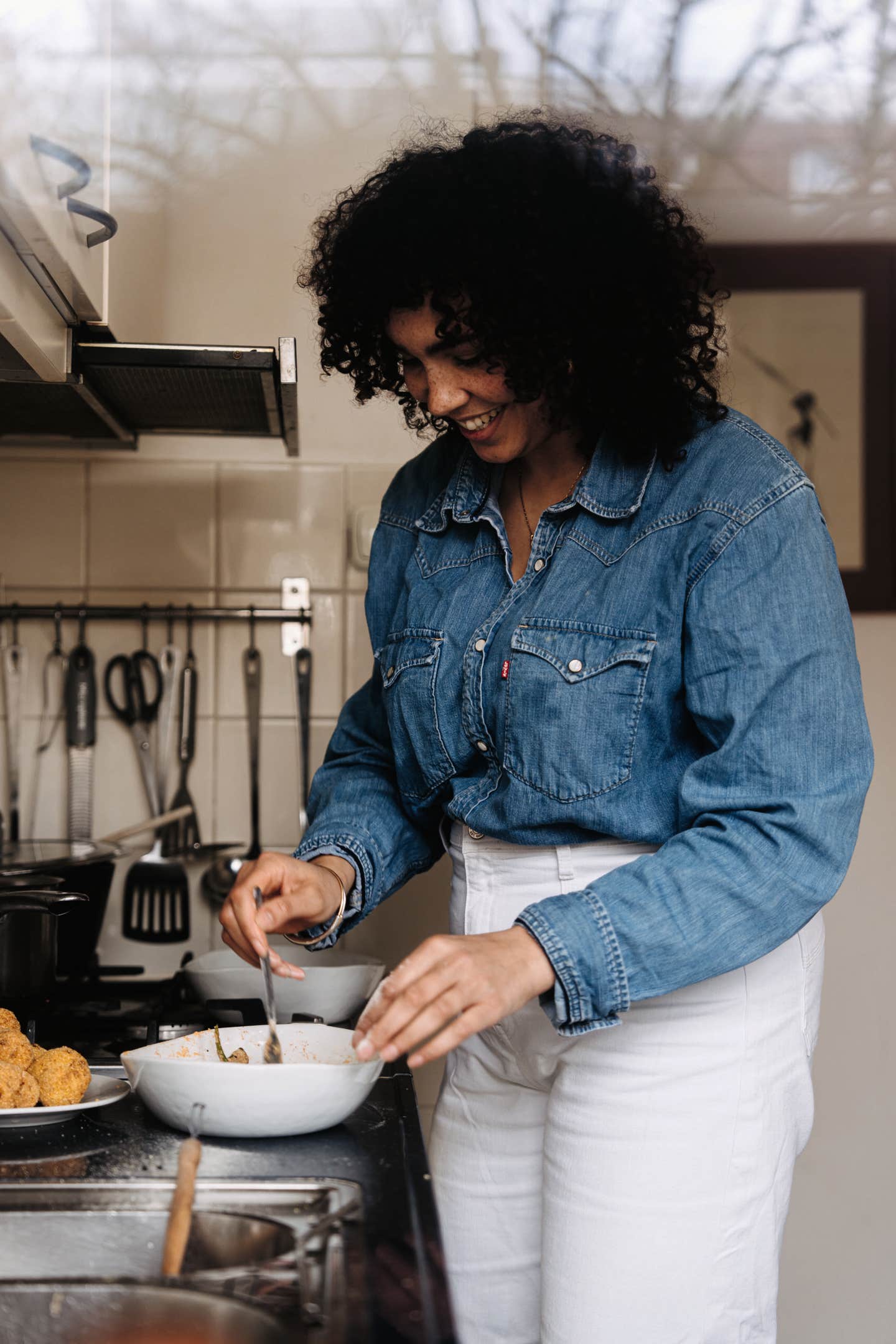
Let’s talk about your childhood in London. Your father grew up in Grenada, and your mother is Irish. What did your kitchen table look like as a kid?
Well, when my mom met my dad when she was 19, she couldn’t boil an egg. So her cooking experience was very limited until my dad and his family stepped in and taught her how to cook Caribbean food. Growing up in London, and having a mixed heritage, I was exposed to so many different cultures. On different days of the week, we might be eating baked ziti or corned beef and rice (a cheap, quick eat for our family), and at family celebrations we’d have a huge banquet of traditional Caribbean foods like rice and peas, jerk chicken, salmon, and so on. But then my parents had a lot of friends from different backgrounds. I had a godmother from Mauritius, so we’d also have Mauritian influences. They had Pakistani friends, so there were Pakistani dishes. I was always exposed to a wealth of different ingredients and tastes and flavors which I think definitely informed my palate, and made me open to different tastes and flavors. It has really shaped the way I approach food research–this book is about Caribbean food and culture, yes, but it’s definitely written from a diasporic point of view. It was never intended to be a bible of traditional Caribbean food; it is about how I’ve come to understand it through my place in the diaspora, while also giving homage to the traditional recipes as well.
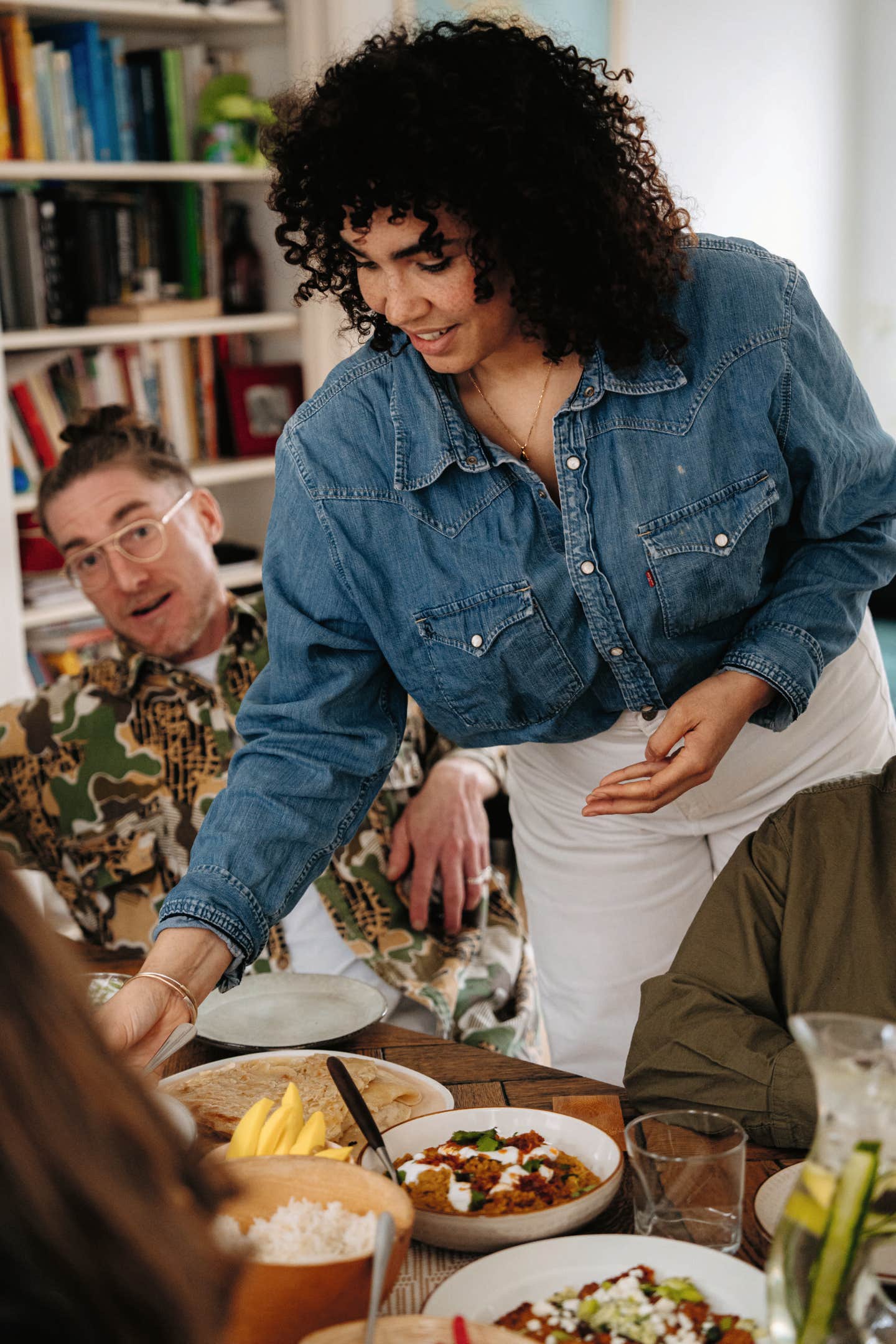
You start with this very expansive pantry section that dives deep into all the different ingredients of the Afro-Caribbean. How would you describe these flavors that are really incomparable, to people who are encountering Caribbean food for the first time?
It’s such a hard question, because it all depends on familiarity. I moved to Amsterdam eight years ago, and people there love to gulp down raw herring and raw onions for lunch. Now I look at that, and I just can’t… But when you grow up with some ingredients, there's such familiar and nostalgic tastes, you become accustomed to the flavors of them. So for me the flavors of the Caribbean are delicious, but for someone else I think it might be a nice surprise. So for example, for something like ackee, I always describe the fruit as looking like scrambled eggs, and tasting like a really good creamy avocado, with an almost neutral flavor. But when you pair it with saltfish and Scotch bonnets, it’s just a perfect combination. So the only way I might describe it is that the flavors of the Caribbean are surprising, but so flavorful.
In the book’s recipes, you seek out not just the historical origins of each dish, but their place in Caribbean language and culture. (For example, rotis are often called “buss up shut” by Trinidadian street vendors, because they resemble torn T-shirts.) How did you identify the various origin points of each dish?
Many dishes in the book were foods that I was familiar with, or that I'd grown up with. And then others were uncovered through research. But some of the origins were surprising to me, the origins of the names, which I had to read back to myself with a Caribbean accent. Each bit of research offered a lightbulb moment to me, and it absolutely expanded my portfolio of recipes and ideas, and the history of the region. That’s partly why the pantry section of the book is so extensive, because I really want people to understand that ingredients are not necessarily where you think they come from. I’ll use an example from where I live in Amsterdam, stamppot is considered the national dish of the Netherlands. Yet it’s way more exotic than you think, when you consider that potatoes come from Peru. For people who don’t think often about food history, their minds are quite literally blown learning the provenance of some of these ingredients, and knowing that helps them connect the dots and helps them dispel these ideas of nationalities or borders.
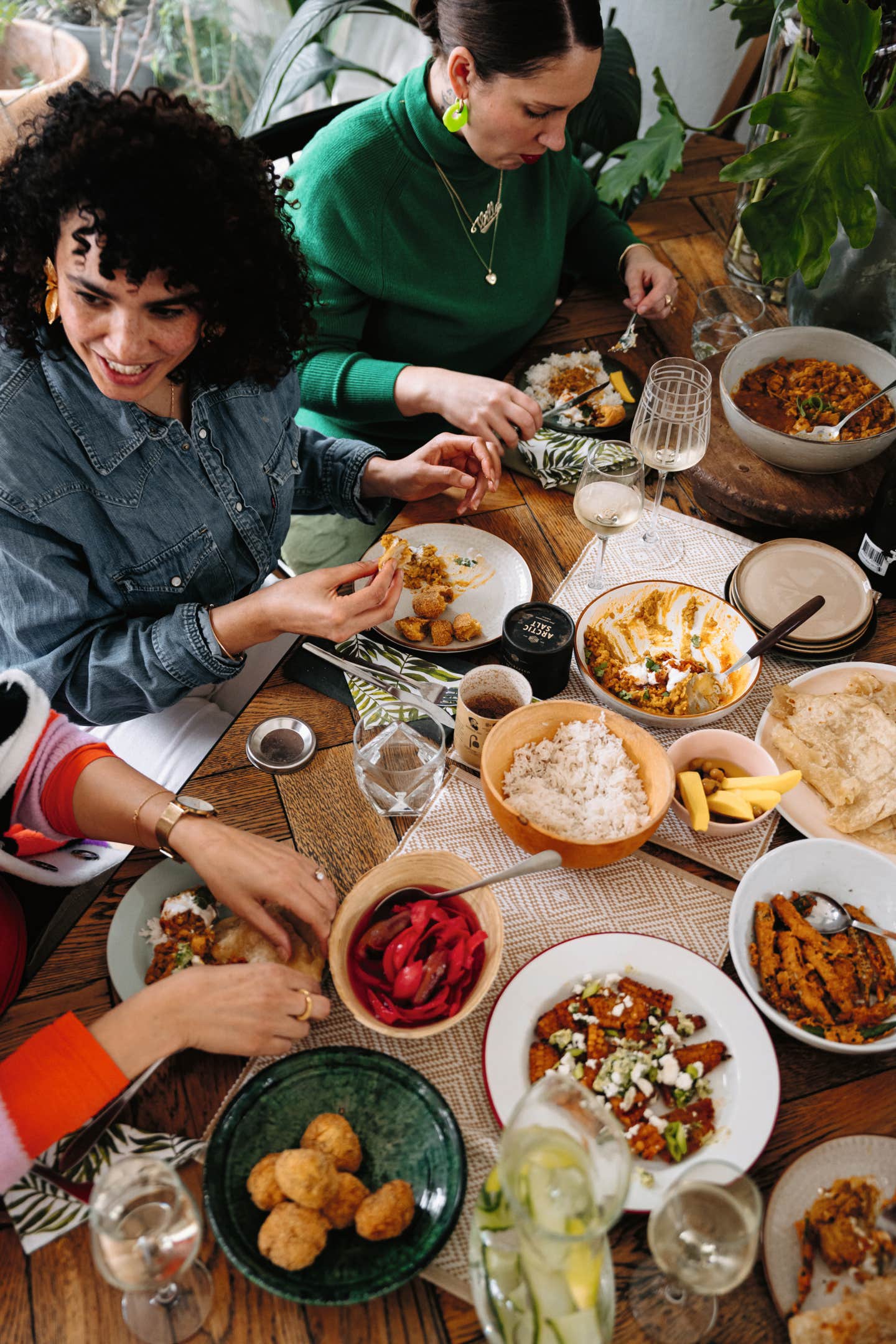
Your chapter on snacks (“limin’,” pronounced “lime-in,”) suggests a specific regional attitude about gathering and hanging out. But you also have a whole chapter on the “low & slow” foods that anchor celebrations. What dishes do you think capture the Caribbean approach to pleasure and hospitality?
Limin’ is really the happy hour of Grenada–I just picked up a tourist magazine while I’m here, and it’s all about limin’ and how to do it right–how to relax when everything you’ve done has been done for the day. There are some great foods in that chapter, like aloo (potato) hand pies, and these delicious peppered shrimp sold all over the place in Jamaica. And of course pasteles, which can be snacks, but are also a celebratory food. So, for example, Caribbean food can be quite laborious, and I also have those in the book as well. Like curry goat—it takes hours to cook, and it's a real labor of love. Because it's quite a tough and fatty meat, and you have to cook it down for a really long time to make it tender, and to render the fats from it. But there's something about it that makes it delicious. It's making me salivate as I'm talking about it. So I think something like that is just like something you would find at a party or christening or a baptism, and is hugely pleasurable for me, because I can see just how much love and labor has gone into it.
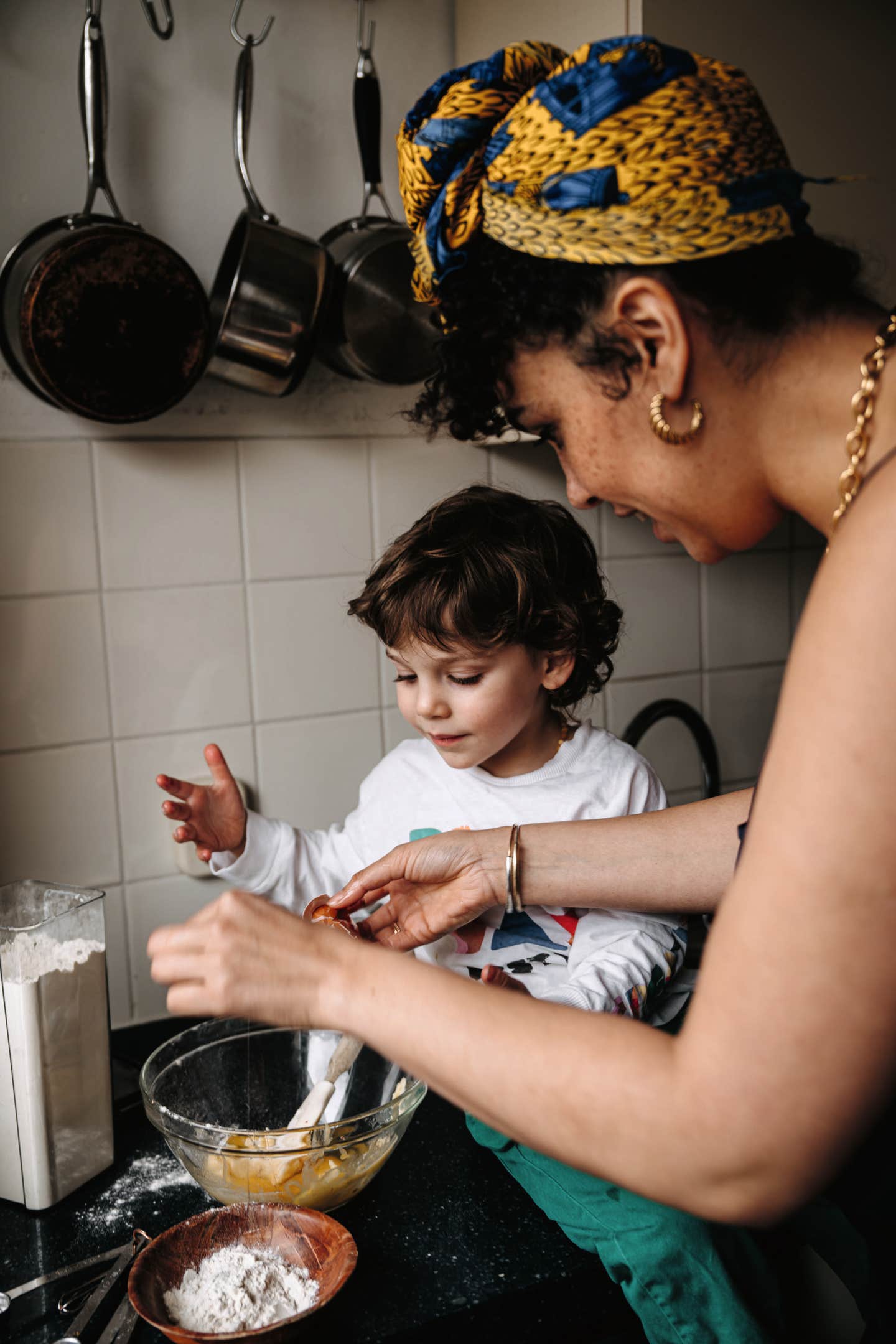
As you were looking for the connective tissue between your heritage, and the history of this region, you occasionally come across recipes that crystalize the history, like the Guinness Punch. Can you tell us about the journey to taste that, learn about it, and then present it in the book?
Yeah, the Guinness Punch was one of the first connect-the-dots moments between Caribbean food and my identity. I was so homesick when I moved to Amsterdam, and I just needed something to anchor me, and the thing that I felt anchored to was more so my dad’s culture than my mum, because he has 11 brothers and sisters. And when I started doing the research into Caribbean food, and read up about Guinness Punch, I was stunned. I’d never understood why Guinness was even in the Caribbean, how this Irish beer ended up in this part of the world. But then I read about how Irish indentured servants were brought to the Caribbean in the seventeenth century, and Guinness exported their beer to follow (fortified with extra hops so it would survive the Atlantic crossing). And it was just really a mind-blowing moment for me, to see this connection solidified in a way that made sense. It proved the idea that if there’s anything that connects everyone, it's the food that we eat. So that one drink became this beacon of hope, you know, this example that helped solidify my identity through the research I was doing.
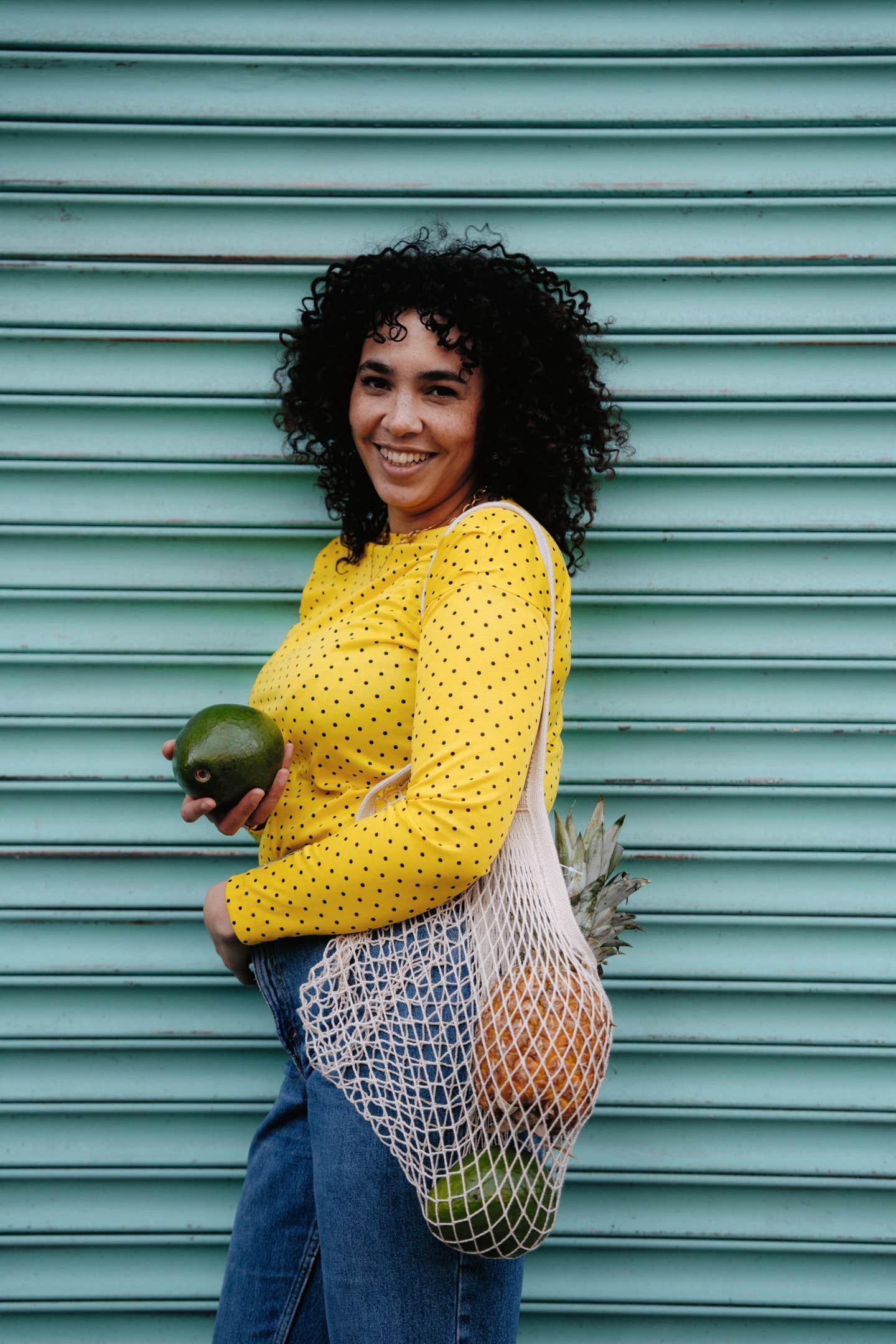
When you look at the evolution of these dishes throughout history, what do you get excited about in contemporary Caribbean cooking?
My first thought when you ask about that is whether we’re talking about an elevation of cuisine. A lot of my work involves talking about decolonization, and how looking at the history and celebrating the diversity of food is a way of decolonizing, because so much of the value that we put into the culinary world is oftentimes put on European cuisine. But these recipes have been tested for hundreds of years and we don’t need to compare it to how European food is presented, or how European techniques are incorporated. So what drives me is to learn more about the background and the culture and dishes that I don't know about. For example, here in Grenada, I've just tasted oil-down, which is their national dish, a slow-cooked stew with green bananas, yams or sweet potato, plantains, callaloo, chicken, sometimes pigtails, layered bit by bit then cooked down with fresh coconut milk, and it is just stunning. So if I do get the opportunity to cook another book, I will. I would love to put that in, and I would also just love to go to different islands and learn more about the diversity in Caribbean cuisine.
There are so many recipes I love in this book, and I want people to dig deeply into the things they don’t know much about. I really love the Trini Doubles, especially the seasoning that goes on them. Green seasoning is a very simple recipe; it can be blended up easily, and you add it to almost any dish you want—it’s a flavor bomb. I really enjoy baigan choka, the roasted eggplant over a coconut tun (a kind of polenta seasoned with a tadka topping of shallots, garlic, and ginger). But then also the curry goat, because curry goat is one of my favorite dishes, which you can tell from how I’m slobbering all over it. The peppered shrimp as well, which are so gorgeous and easy to make. Ultimately I want people to see how food is a universal tool for connection, and a means of surpassing our differences.
Recipes
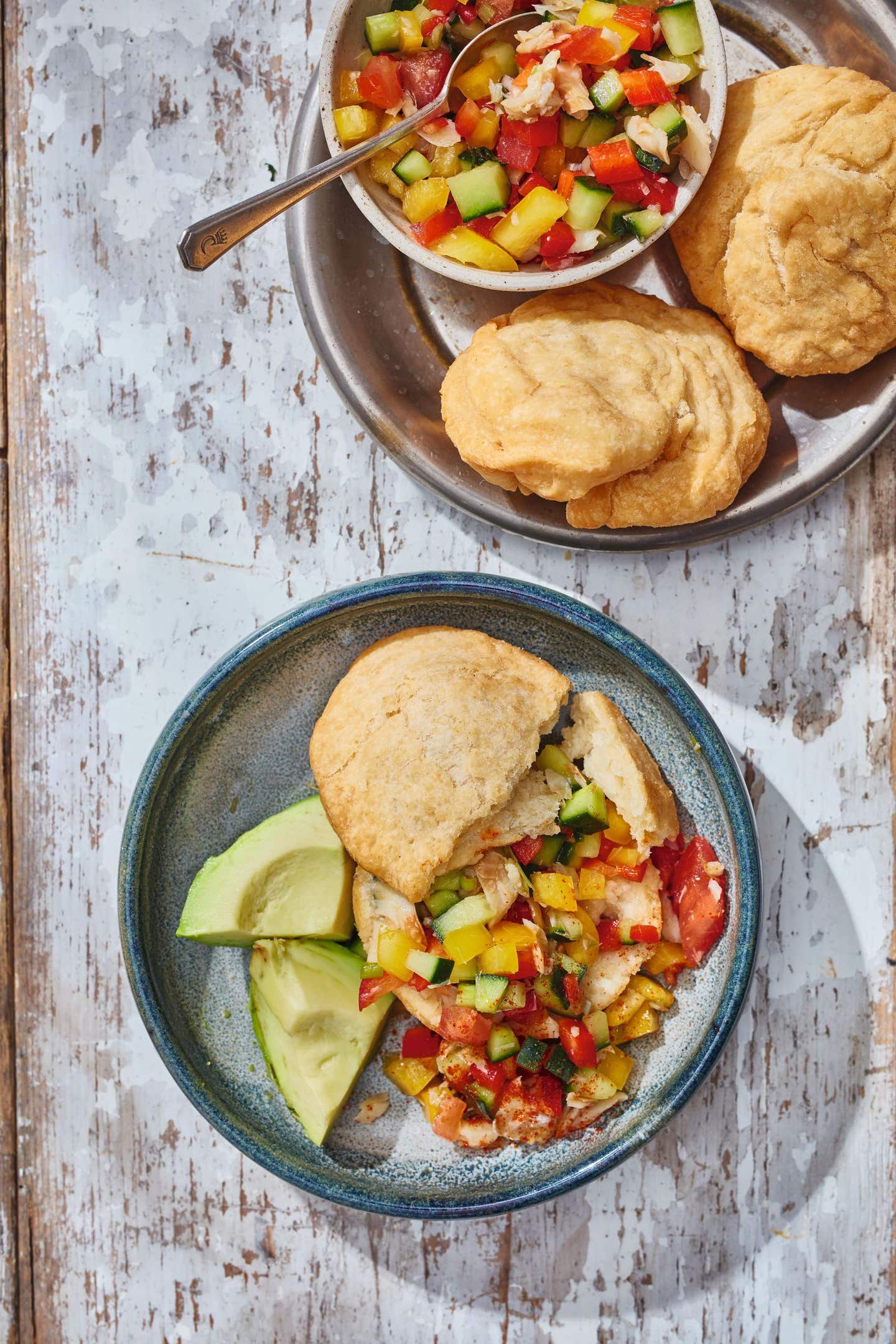
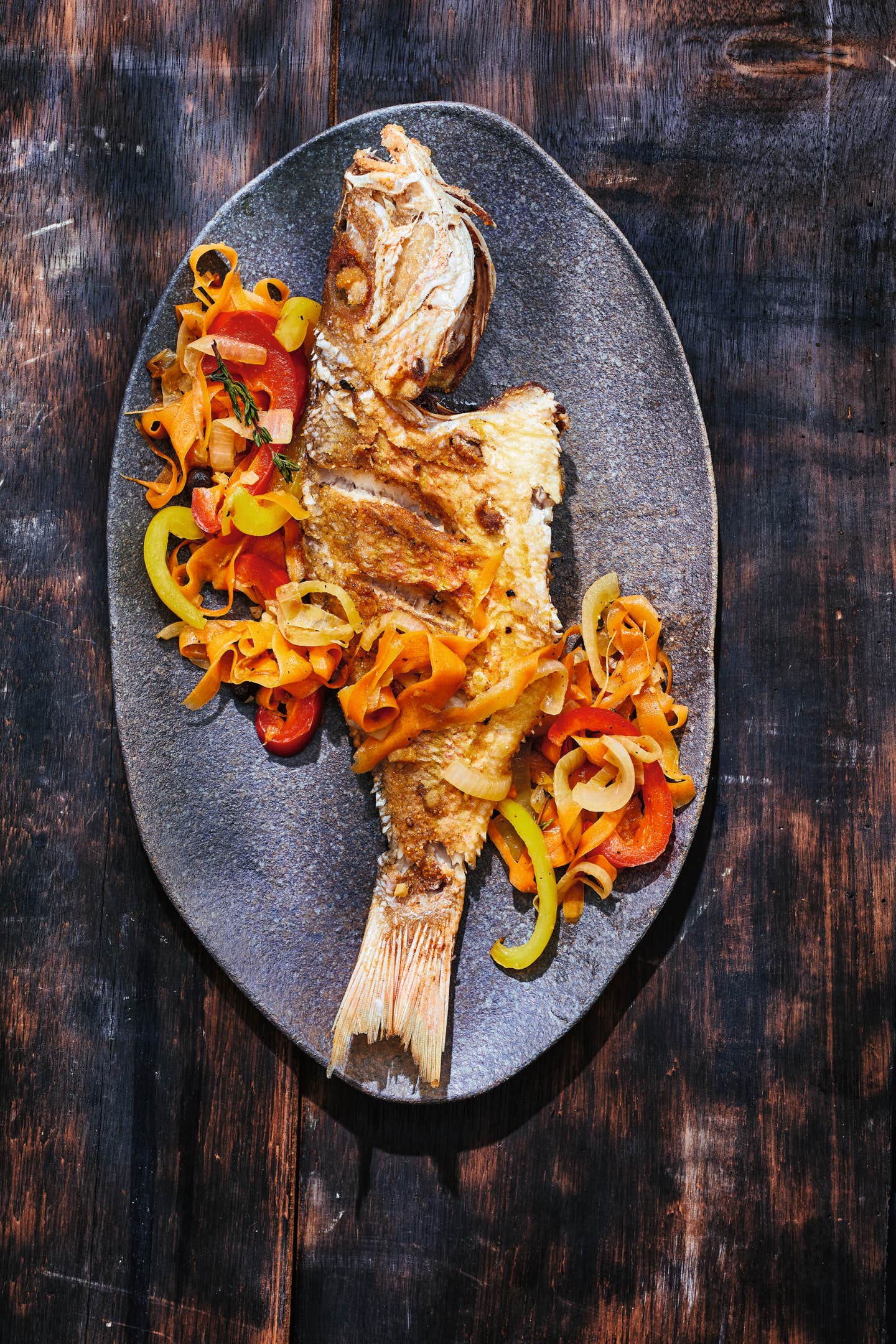
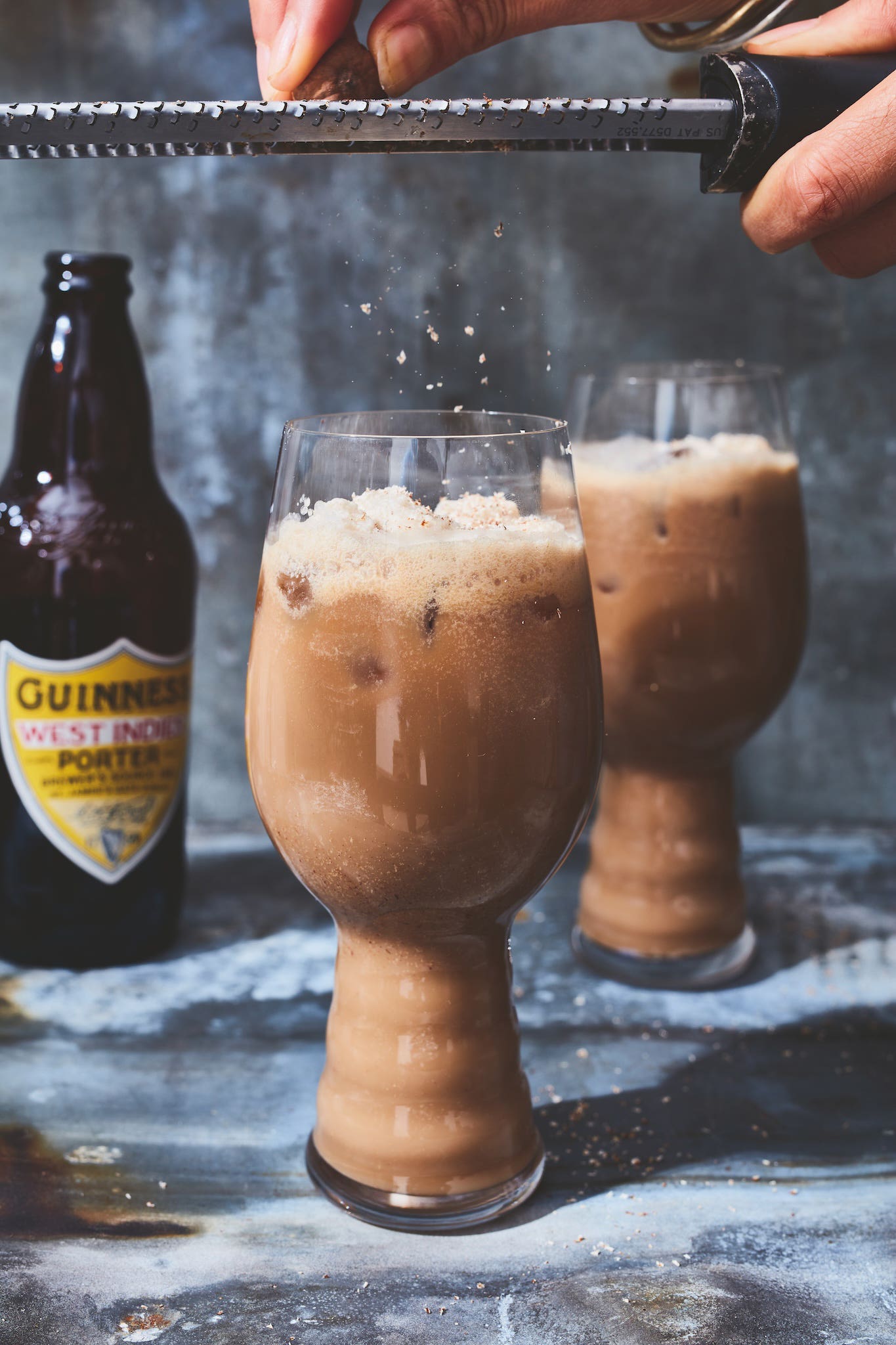
Keep Reading
Continue to Next Story










